By Michael Wilmington & Film Noir Blonde
The Noir File is FNB’s guide to classic film noir, neo-noir, sort of noir and pre-noir on cable TV. All movies below are from the schedule of Turner Classic Movies (TCM), which broadcasts them uncut and uninterrupted. The times are Eastern Standard and (Pacific Standard).
PICK OF THE WEEK
“Point Blank” (1967, John Boorman). Thursday, Jan. 31, 2:45 a.m. (11:45 p.m.) “Point Blank,” with Lee Marvin as a thief betrayed and left for dead in Alcatraz, is, like “Chinatown,” one of the quintessential neo-noirs. Directed with sizzle and panache by John Boorman (“Deliverance”), the movie’s source is one of the super-tough Parker novels by Donald Westlake, with the main character’s name changed to “Walker.” (It’s changed back in the current, and disappointing, movie adaptation, “Parker,” starring Jason Statham and Jennifer Lopez, directed by Taylor Hackford.)
When the unstoppable Walker, his face deadly and determined, takes off after his treacherous old associates (including John Vernon, Carroll O’Connor and Lloyd Bochner) with the help of a mysterious guide (Keenan Wynn), and a glamorous pal (Angie Dickinson), it’s a magnetic, terrifying sight.
“Point Blank” steeps you in its L. A. locale: a surprisingly beautiful sunlit vision circa 1967. With Boorman going all out, this classic movie plays like a grand collaboration among Don Siegel, Alain Resnais and Jean-Pierre Melville. As for Lee Marvin, he’s at the top of his game. So is Angie.
Tuesday, Jan. 29
7:45 a.m. (4:45 a.m.): “The Man with the Golden Arm” (1955, Otto Preminger). With Frank Sinatra and Kim Novak.
3:15 p.m. (12:15 p.m.): “Anatomy of a Murder” (1955, Otto Preminger). With James Stewart and Lee Remick.
1:45 a.m. (10:45 p.m.): “Armored Car Robbery” (1950, Richard Fleischer). Fast, punchy heist thriller; with Charles McGraw as the tough cop on the trail of half a million. Also with William Talman (the brains) and Adele Jergens (the broad).
Wednesday, Jan. 30
9:45 p.m. (6:45 p.m.): “The Stranger” (1946, Orson Welles). Orson Welles is a post-war Nazi fugitive hiding in a small town, affianced to the lovely but gullible Loretta Young. Edward G. Robinson is the government man on his trail. That cast and this movie’s virtuosic staging and camerawork (by Russell Metty), would make it a gem for almost any other director. For Welles, it’s average, but gripping.
Saturday, Feb. 2
3:15 p.m. (12:15 p.m.): “Key Largo” (1948, John Huston). With Humphrey Bogart and Lauren Bacall. Blurbed August 10, 2012.
8 p.m. (5 p.m.): “Casablanca” (1942, Michael Curtiz). With Humphrey Bogart and Ingrid Bergman.
10 p.m. (7 p.m.) “The Maltese Falcon” (1941, John Huston). With Humphrey Bogart and Mary Astor.
12 a.m. (9 p.m.): “Mildred Pierce” (1945, Michael Curtiz). With Joan Crawford and Ann Blyth.
4 a.m. (1 a.m.): “The Treasure of the Sierra Madre” (1948, John Huston). With Humphrey Bogart and Walter Huston.
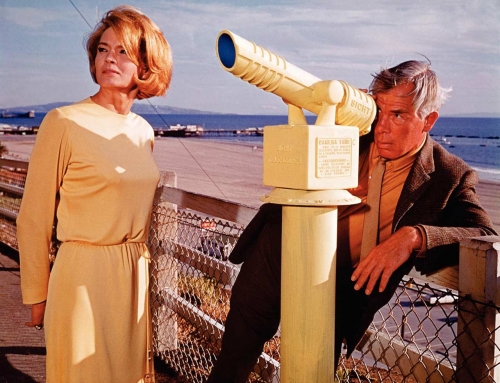
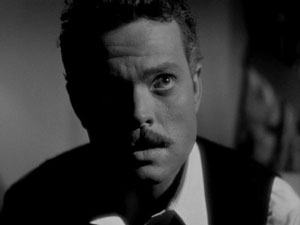





![tumblr_mftjtfvuhd1r2dnu8o1_1280[1]](http://www.filmnoirblonde.com/wp-content/uploads/2013/01/tumblr_mftjtfvuhd1r2dnu8o1_12801.jpg)
![Peggy-Cummin_vrt2b_x304[1]](http://www.filmnoirblonde.com/wp-content/uploads/2013/01/Peggy-Cummin_vrt2b_x3041.jpg)

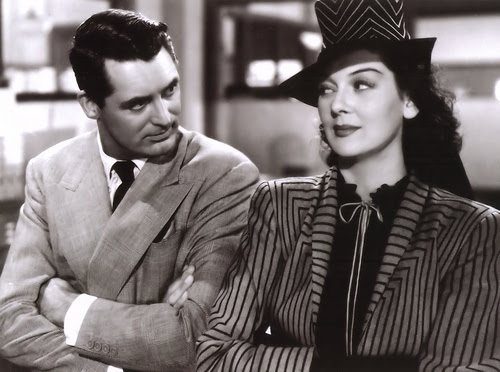
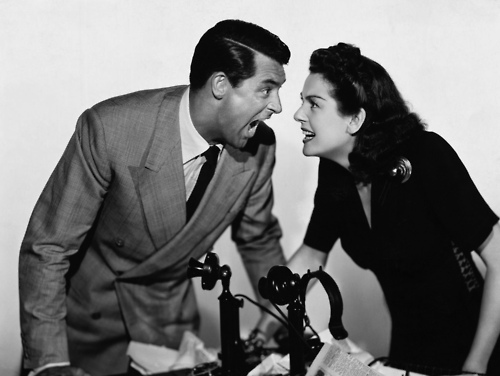
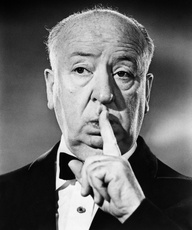

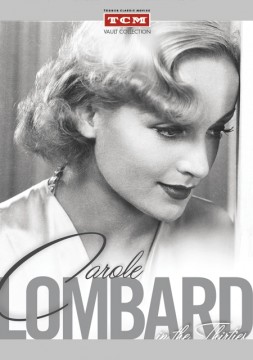
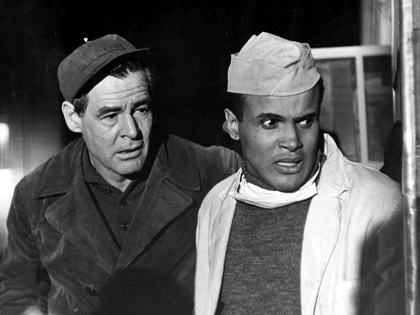
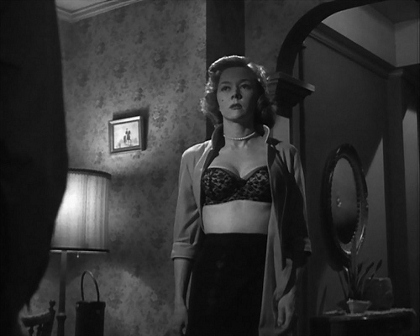

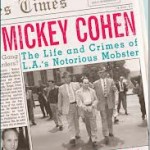
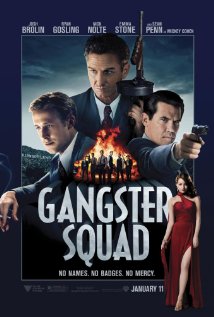
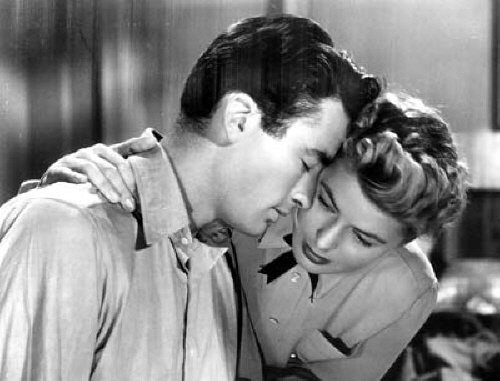
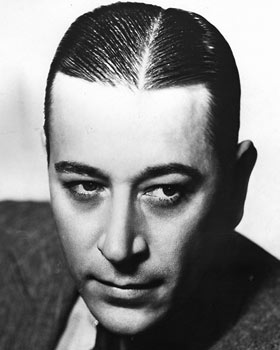





From FNB readers